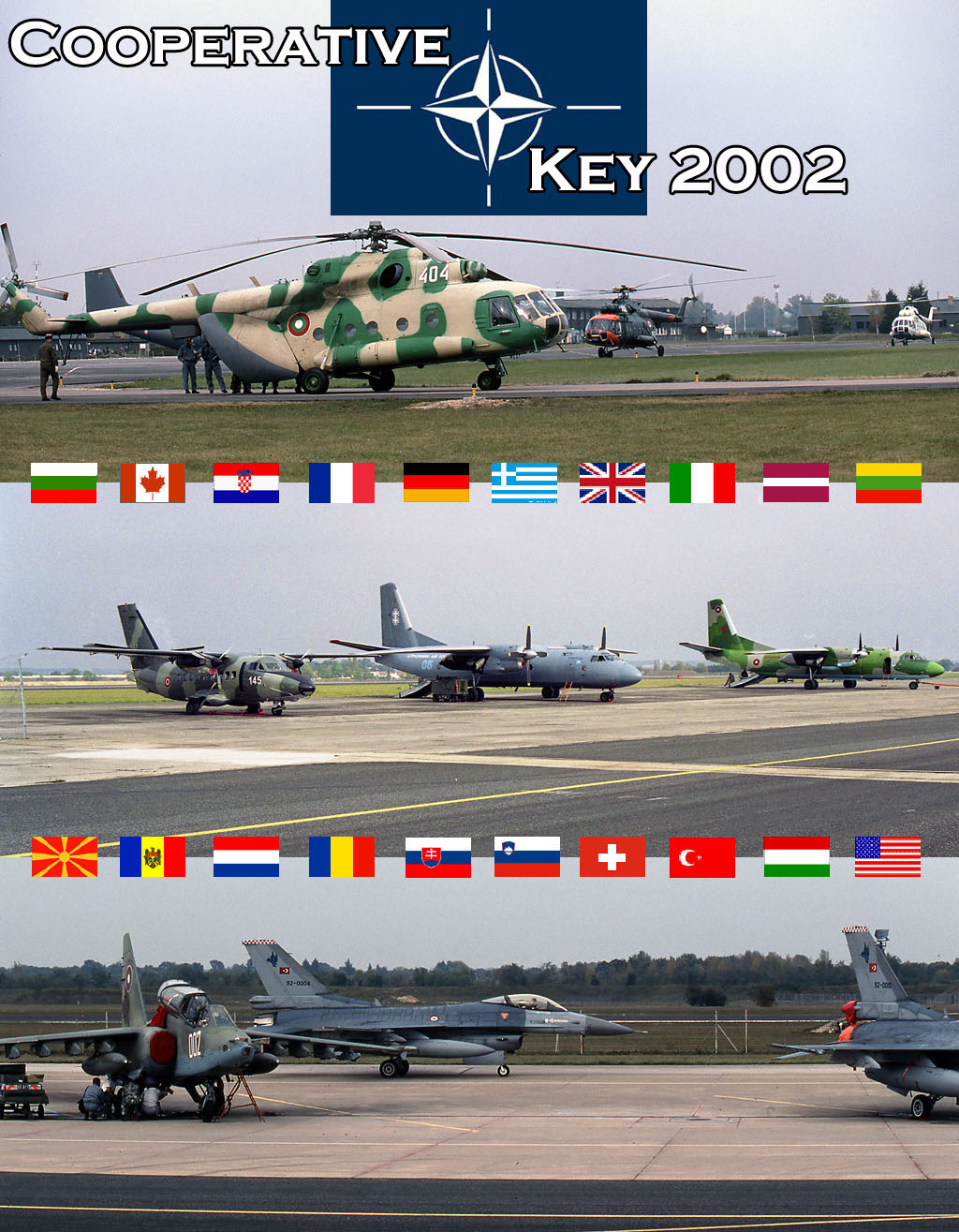 |
La terza edizione dell’esercitazione Co-Operative Key 2002, si è svolta in Francia dal 22 Settembre al 4 Ottobre. La Francia è stata la prima nazione occidentale europea che ha ospitato questo tipo di esercitazione, infatti le precedenti edizioni sono state effettuate in Romania CK 2000 e in Bulgaria lo scorso anno CK 2001.
Lo scenario di una delle più importanti esercitazioni della NATO in Europa è stata la base di Saint Dizier, tra le più grandi presenti sul territorio transalpino, essa si trova nel nord-est francese, nella regione dell’Haute Marne, a un centinaio di chilometri dalla capitale Parigi.
Un breve cenno per ricordare che la Base Aérienne BA113 è stata inaugurata nel 1913 e intitolata al Comandante Antoine de Saint-Exupery, nel 1951 è stata dichiarata base NATO e nel 1965 con i suoi Mirage IVA sino al 1988 è stata al comando della Forza Aerea Strategica CFAS con il Gruppo di Volo 02.094 “Marne”. Dal 1988 in poi la presenza costante è stata affidata ai Jaguar monoposto e biposto della 7ª Escadre de Chasse con i gruppi EC 1/7 “Provence”, EC 2/7 “Argonne”, EC 3/7 “Languedoc”, dal giugno 2001 solo il primo ha continuato l’attività con tutti i Jaguar rimasti in servizio nell’Armée de L’Air con compiti di supporto tattico e addestramento. In occasione dell’esercitazione il reparto è stato trasferito presso la base aerea di Reims per permettere l’accoglienza dei velivoli ospitati presso la struttura di Saint Dizier. |
 |
 |
 |
 |
|
L’organizzazione
L’esercitazione è stata organizzata in cooperazione con il comando NATO AFSOUTH attraverso il Generale De La Vega, mentre per la Francia se n’è occupato il Generale Bachelard, al Maggiore delle Forze Armate canadesi Tim Dunne è spettato il compito di dirigere le operazioni sul campo.
Le basi aeree coinvolte sul territorio francese sono state ben cinque, Reims, Dijon, Avord, Nancy e la maggiormente impegnata appunto St.Dizier
La cospicua adesione delle nazioni e la complicanza dell’evento hanno reso necessario la sua programmazione con ben 14 mesi d’anticipo mediante un iter ben definito con precise date. I numeri rendono l’idea dell’enorme “macchina” bellica messa in atto con la presenza di 10 nazioni aderenti al Patto Atlantico più 12 nazioni “partner” che fanno parte del programma PFP (Partnership For Peace), coinvolgendo circa 1.600 uomini e più di 60 aeromobili. Mentre il compito principale di pianificare l’evento ricade sotto egida della NATO, l’organizzazione dello svolgimento nei 14 giorni di esercitazione è stata garantita dal paese ospitante che ha reso operativi, tramite gli uomini e i mezzi della Forza Aerea francese, tutti i centri nevralgici, come il controllo delle operazioni aeree con l’AOC (Air Operation Centre), e il Current OPS per la pianificazione delle missioni, da notare che tutti questi centri di controllo sono di tipo modulare in container semoventi. L’Olanda altro paese membro ha invece garantito l’organizzazione del centro MCC (Medical Control Center).
|
 |
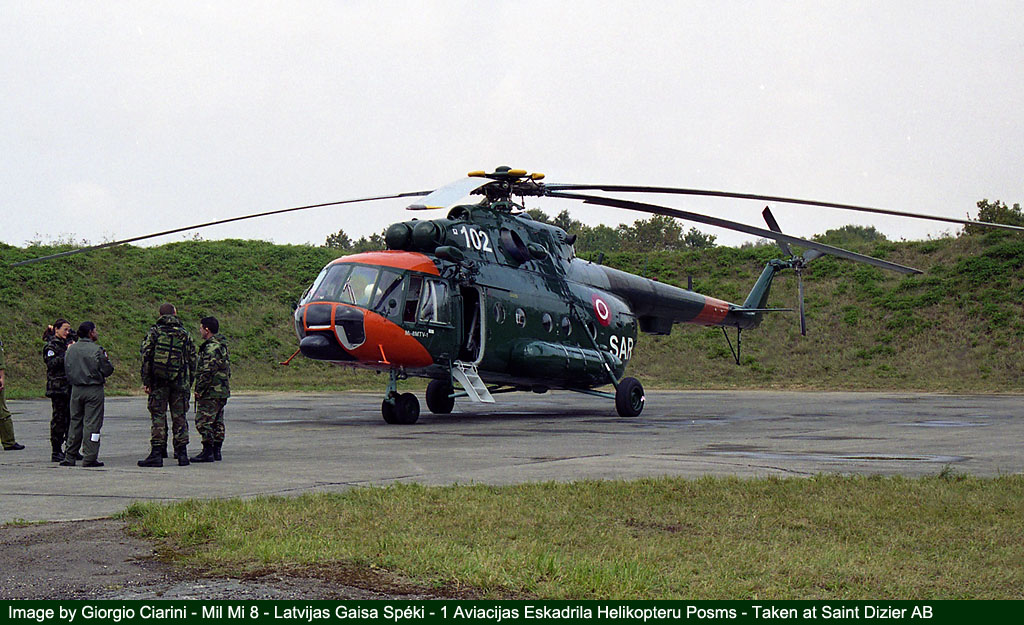 |
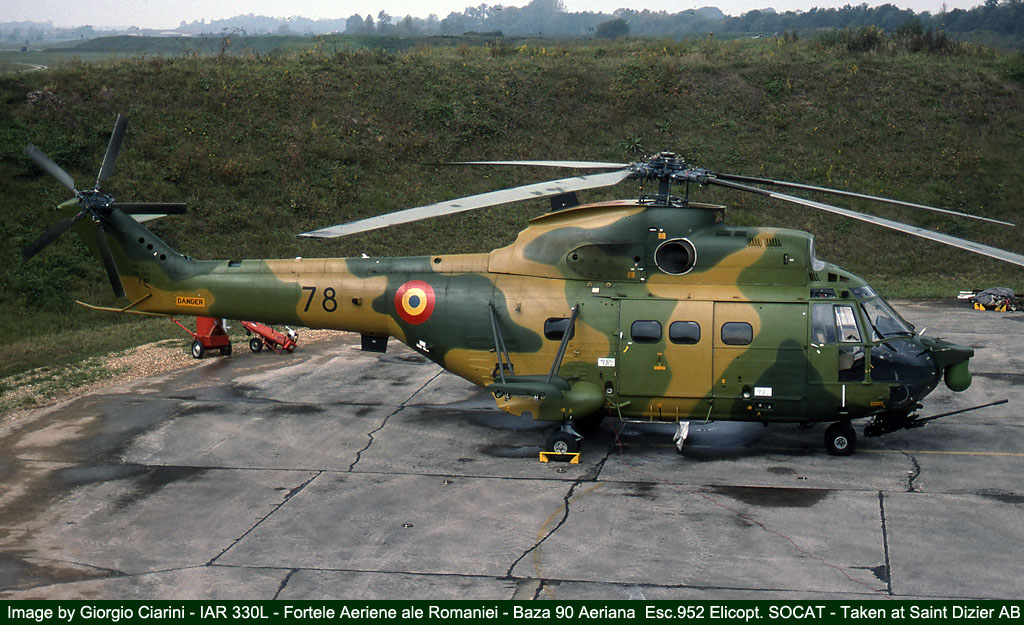 |
 |
|
Lo Scopo
L’obiettivo principale dell’esercitazione è quello di integrare e rifinire agli standard NATO le operazioni militari di quei paesi dell’Est europeo che rientrano nel programma PFP (Partnership For Peace) e che nel corso dei prossimi anni entreranno a pieno titolo come partner del Patto Atlantico. Questa specifica esercitazione è mirata ad integrare missioni di PeaceKeeeping, quindi di portare soccorso a paesi in difficoltà per problemi interni o in conflitto con paesi limitrofi, ovviamente l’intervento militare avviene sotto il controllo e per conto delle Nazioni Unite.
Lo scenario
Virtualmente indicato in due distinte aree denominate la prima Weston, posta a sud di Nancy dove regna una forma di dittatura con un notevole potenziale militare. La seconda denominata Asperia, regione democratica e con una notevole rilevanza economica idealmente posta intorno a St. Dizier. Con la memoria rivolta ai recenti conflitti nei Balcani viene creata una situazione di attrito tra le due regioni che sfocia in un conflitto di carattere etnico-politico e quindi si vengono a creare i presupposti per un intervento dell’ONU, volto soprattutto a portare aiuti umanitari alla popolazione maggiormente colpita dagli eventi e successivamente con l’intento di ristabilire la pace nella regione.
|
 |
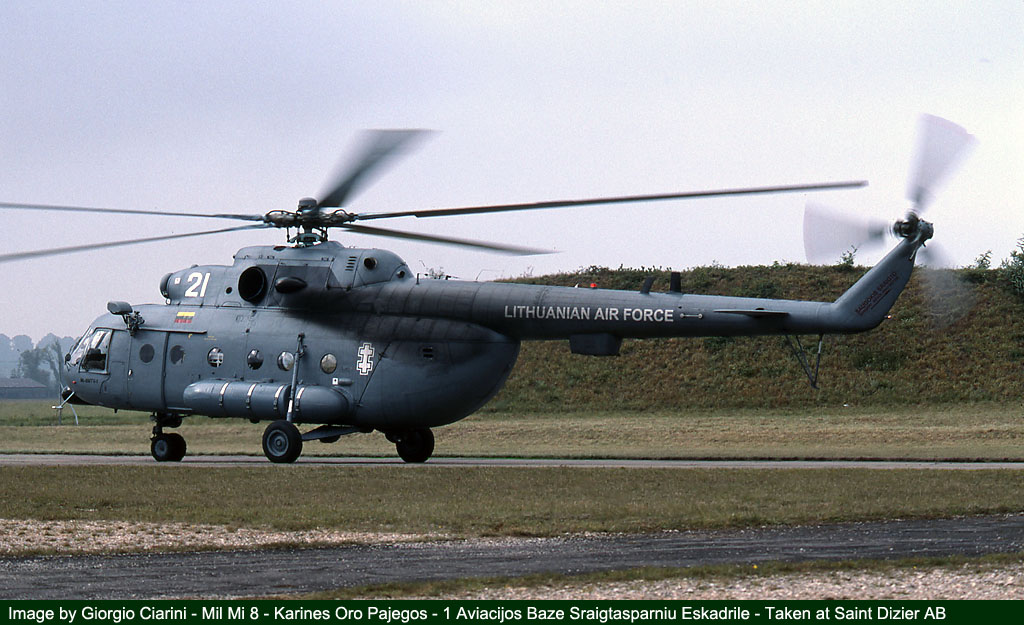 |
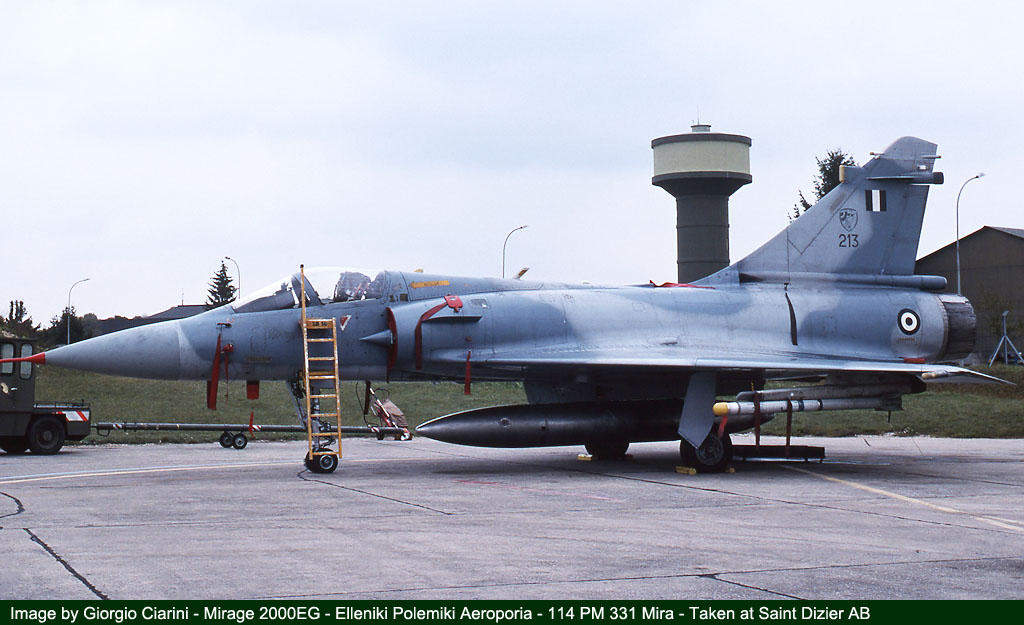 |
 |
|
Il calendario e l’organizzazione sul campo
Il 22 settembre si è avuto il dispiegamento sulla base degli uomini e dei mezzi.
Il 23 e il 24 due giornate di full immersion in aula per “educare” i partecipanti.
Dal 25 al 27 tre giornate di voli di addestramento per conoscere il territorio e le procedure.
Dal 27 al 3 di ottobre vengono svolte missioni congiunte delle varie forze aeree partecipanti con l’intento di raggiungere gli obiettivi preposti dall’esercitazione.
Il 4 di ottobre una cerimonia di chiusura conclude il programma.
Divisa in vari settori riportiamo in modo schematico le varie componenti che hanno garantito l’evolversi dell’esercitazione.
THE DIRECTING STAFF (DISTAFF):
Supervisiona il corretto svolgimento dell’esercitazione, è completamente indipendente dalle forze sul campo, può redigere e discutere le varie tattiche in base alle informazioni che recepisce.
BATTLESTAFF CELL:
In base agli obiettivi richiesti simula e valuta tutti gli eventi che nascono sui vari fronti.
AIR OPERATION CENTER (AOC):
Ha il controllo totale delle operazioni aeree, sotto il suo controllo si trovano Air Tasking Orders (ATO), Airspace Control Orders (ACO) e Special Instructions (SPINS).
CURRENT OPS:
Verifica in tempo reale il corretto svolgimento di tutte le operazioni e l’esatta posizione dei mezzi sul campo, subordinate al suo comando si trovano:
DEFENSIVE CELL:
Comanda le operazioni di difesa aerea, coordina e trasmette la posizione degli obiettivi tramite velivolo AWACS, attiva le componenti Close Air Support o Medevac.
OFFENSIVE CELL:
Comanda le operazioni di attacco contro il nemico e le operazioni di ricognizione.
PRCC/CSAR – TRANSPORT CELL:
Dirige le operazioni di Combat SAR, Medevac e trasporto.
AEROMEDICAL EVACUATIONS CONTROL CENTER (AECC):
Controlla tutte le operazioni di aeroambulanza in sintonia con il controllo medico MCC (Medical Control Center).
INTELLIGENT CELL:
Analizza e coordina con gli altri livelli di controllo le informazioni sensibili e aggiorna le situazioni tattico/politiche in continua evoluzione.
OPS PLAN:
Assicura la pianificazione delle attività in base allo scenario in corso.
MEDICAL CENTER:
Si occupa dell’organizzazione medica dell’ospedale da campo e cura l’addestramento di tutto il personale paramedico, inoltre partecipa alle missioni SAR con la propria équipe medica.
|
 |
 |
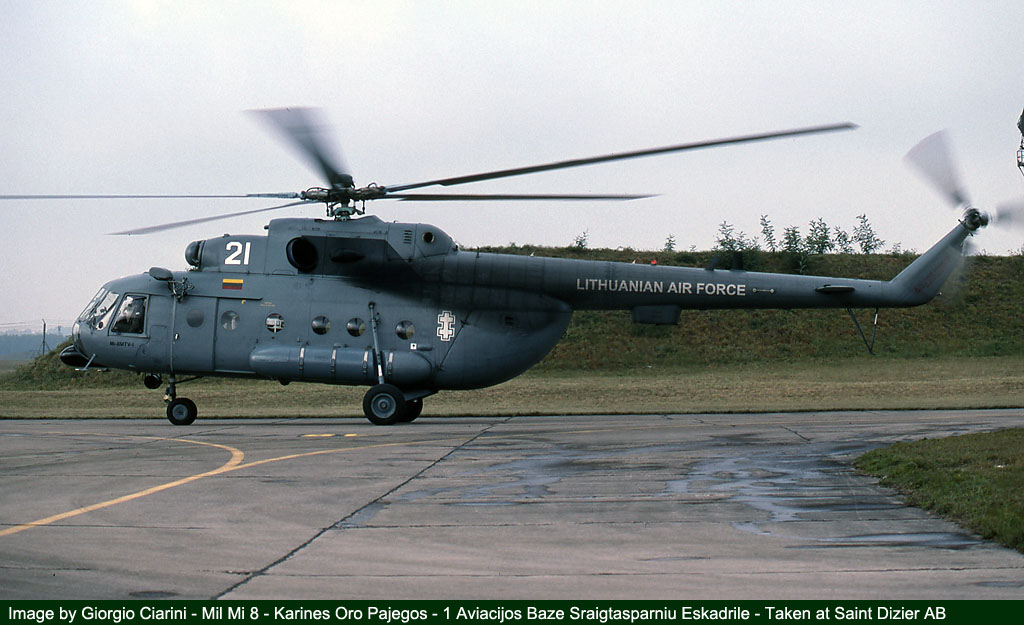 |
 |
|
Le attività e i partecipanti
Il programma delle missioni è stato articolato in modo da poter svolgere tutti i giorni una missione la mattina, una nel primo pomeriggio e una notturna, non quotidiana per limitare il disagio delle popolazioni limitrofe alla base.
Le missioni sono state per tutte le “uscite” pressoché identiche come impostazioni ma modificate come componenti dei partecipanti per avere una “rotazione” di tutti gli equipaggi coinvolti.
Riassumibili in tre distinte fasi le missioni prevedevano come obiettivo principale ottenere una superiorità aerea nell’area interessata alle operazioni di soccorso con l’utilizzo di sistemi aviotrasportati AWACS, che controllando lo spazio aereo forniscono ai caccia intercettori in volo le informazioni necessarie su eventuali “intrusi” da intercettare.
La seconda fase più delicata era garantire il soccorso aereo con elicotteri Combat SAR pronti ad intervenire per recuperare soldati e/o piloti alleati che si trovavano in imminente pericolo di essere catturati dal nemico, mentre alcuni elicotteri più capienti si portavano anch’essi nelle zone di soccorso per incrementare gli aiuti umanitari alle popolazioni ed effettuare missioni di evacuazione sanitaria Medevac. La terza fase che si rende necessaria in concomitanza della presenza di elicotteri e uomini sul territorio ostile prevede la presenza di aerei CAS (Close Air Support) che da vicino proteggono lo svolgimento delle missioni di soccorso contro eventuali minacce che arrivano da terra, siano essi mezzi corazzati o ingenti truppe di soldati.
Le operazioni di salvataggio si concludono con il recupero di feriti che vengono subito trasferiti all’ospedale principale da campo di St. Dizier dove prestate le prime cure tramite velivoli da trasporto tattico vengono trasferiti verso i centri ospedalieri.
Riassumendo tutte le missioni prevedevano nella prima fase il decollo di caccia che comprendevano Mirage 2000C francesi e greci, F 16C turchi oppure MiG 21 rumeni, sotto la sovraintendenza dei centri di controllo e con l’ausilio di un E 3F francese veniva garantita la superiorità aerea. In un secondo tempo gli aerei di tipo OA 10A e AC 130H americani, e Su 25 bulgari supportavano i contingenti di terra difendendoli da eventuali minacce terrestri, in terzo luogo entravano in scena la maggioranza di velivoli ad ala rotante che si occupavano del Combat SAR e quindi dell’eventuale recupero di alleati in territorio ostile, una parte di elicotteri si occupava invece del trasporto di aiuti umanitari o di evacuazione della popolazione colpita dal conflitto.
I mezzi impegnati nella specialità erano Mil Mi 17 della Slovacchia, Moldavia, Latvia, Croazia, Bulgaria, Lituania e Macedonia, AB 412 della Slovenia, Cougar della Svizzera, Puma della Francia e Romania, AB 212 della nostra Aeronautica Militare. Sulla base erano presenti AN 26 della Bulgaria, Lituania, Ungheria, Slovacchia, C 130 Romania e Stati Uniti, CN 235 Turchia e Francia, Let 410 della Latvia, Transall della Francia, G 222 della nostra Aeronautica Militare e per ultimo Fokker F 60 della Forza Aerea olandese, molti di questi usati per l’evacuazione sanitaria.
Abbiamo rappresentato tutte le componenti che hanno svolto operazioni con aeromobili, anche se vanno menzionati molti paesi importanti come la Germania, l’Inghilterra che hanno schierato per l’occasione uomini e donne in supporto alla logistica e al controllo delle operazioni senza partecipare direttamente con aeromobili.
L’appuntamento per la prossima edizione della CK è in Bulgaria l’anno prossimo.
|
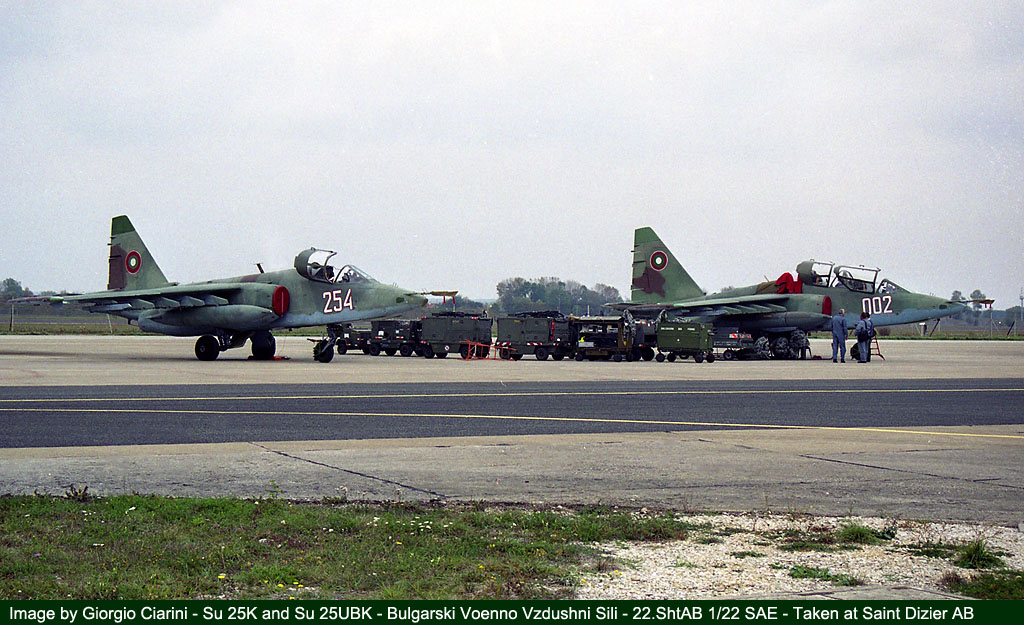 |
 |
 |
|
Foto e testo di Giorgio Ciarini
Settembre 2002
Pubblicato su JP4 Dicembre 2002
|
|
English translation
The third edition of the Co-operative Key 2002 exercise was held in France from 22 September to 4 October. France was the first Western European nation to host this type of exercise, in fact the previous editions were made in Romania CK 2000 and in Bulgaria last year CK 2001.
The scenario of one of the most important NATO exercises in Europe was the base of Saint Dizier, one of the largest in the Transalpine territory, it is located in the north-east of France, in the Haute Marne region, a hundred kilometers from the capital Paris.
A brief note to recall that Base Aérienne 113 was inaugurated in 1913 and named after Commander Antoine de Saint-Exupery, in 1951 was declared a NATO base and in 1965 with its Mirage IVA until 1988 was in command of the Strategic Air Force CFAS with the Flying Squadron 02.094 "Marne". Since 1988 the constant presence has been entrusted to the Jaguar single-seater and two-seater of the 7ª Escadre de Chasse with the Squadrons EC 1/7 "Provence", EC 2/7 "Argonne", EC 3/7 "Languedoc", since June 2001 only the first has continued the activity with all the Jaguars remaining in service in the Armée de L'Air with duties of tactical support and training. During the exercise the unit was transferred to the air base of Reims to allow the reception of aircraft housed at the facility of Saint Dizier.
The organization.
The exercise was organized in cooperation with the NATO AFSOUTH command through General De La Vega, while for France General Bachelard took care of it, Canadian Armed Forces Major Tim Dunne was in charge of directing operations in the field.
The air bases involved in the French territory were five, Reims, Dijon, Avord, Nancy and the most engaged precisely St.Dizier
The conspicuous adhesion of the nations and the complication of the event have made necessary its programming with well 14 months of advance through a well-defined process with precise dates. The numbers give the idea of the huge war "machine" put in place with the presence of 10 nations participating in the Atlantic Pact plus 12 "partner" nations that are part of the PFP (Partnership For Peace) program, involving about 1,600 men and more than 60 aircraft. While the main task of planning the event falls under the aegis of NATO, the organization of the 14-day exercise was guaranteed by the host country that made operational, through the men and the means of the French Air Force, all nerve centers, such as air operations control with the AOC (Air Operation Centre), and the Current OPS for mission planning, note that all these control centers are modular in self-propelled containers. The Netherlands, on the other hand, has guaranteed the organization of the MCC (Medical Control Center).
The Purpose.
The main objective of the exercise is to integrate and refine to NATO standards the military operations of those Eastern European countries that fall under the PFP (Partnership For Peace) program and that in the next few years they will become full partners in the Atlantic Pact. This specific exercise is aimed at integrating Peacekeeeping missions, then to bring relief to countries in difficulty for internal problems or in conflict with neighbouring countries, obviously the military intervention takes place under the control and on behalf of the United Nations.
The scenario.
Virtually indicated in two distinct areas called the first Weston, located south of Nancy where reigns a form of dictatorship with considerable military potential. The second named Asperia, a democratic region with considerable economic importance ideally located around St.Dizier. The memory of the recent conflicts in the Balkans creates a situation of friction between the two regions which leads to ethnic-political conflict and thus creates the conditions for UN intervention, The European Union is particularly concerned with providing humanitarian aid to the people most affected by the events and subsequently with a view to restoring peace in the region.
The calendar and the organization on the ground.
On 22 September there was the deployment on the basis of men and means.
The 23 and 24 full immersion days in the classroom to "educate" participants.
From 25 to 27 three days of training flights to know the territory and procedures.
From the 27th to the 3rd of October joint missions of the various participating air forces are carried out with the intention of reaching the objectives assigned by the exercise.
On October 4, a closing ceremony concludes the program.
Divided into various sectors we summarize the various components that have ensured the evolution of the exercise.
THE DIRECTING STAFF (DISTAFF):
He oversees the exercise, is completely independent from the forces in the field, can write and discuss the various tactics based on the information he receives.
BATTLESTAFF CELL:
Based on the required objectives, it simulates and evaluates all the events that arise on the various fronts.
AIR OPERATION CENTER (AOC):
It has total control of air operations, under its control are Air Tasking Orders (ATO), Airspace Control Orders (ACO) and Special Instructions (SPINS).
CURRENT OPS:
Check in real time the correct execution of all operations and the exact position of the vehicles in the field, subordinate to his command are:
DEFENSIVE CELL:
It controls air defense operations, coordinates and transmits the position of the targets via AWACS aircraft, activates Close Air Support or Medevac components.
OFFENSIVE CELL:
He commands attack operations against the enemy and reconnaissance operations.
PRCC/CSAR - TRANSPORT CELL:
He directs the operations of Combat SAR, Medevac and transport.
AEROMEDICAL EVACUATIONS CONTROL CENTER (AECC):
Check all air ambulance operations in sync with MCC Medical Control Center.
INTELLIGENT CELL:
Analyze and coordinate sensitive information with other levels of control and update evolving tactical/policy situations.
OPS PLAN:
It ensures the planning of activities according to the current scenario.
MEDICAL CENTER:
He is in charge of the medical organization of the field hospital and takes care of the training of all paramedical staff, and also participates in the SAR missions with his medical team.
The activities and participants.
The program of the missions has been articulated in order to be able to carry out every day a mission in the morning, one in the early afternoon and one night, not daily in order to limit the uneasiness of the populations adjacent to the base.
The missions were for all "outputs" almost identical as settings but modified as components of the participants to have a "rotation" of all the crews involved.
Summarized in three different phases, the missions had as their main objective to obtain air superiority in the area concerned with rescue operations using AWACS airborne systems, which, by controlling airspace, provide airborne interceptor fighters with the necessary information on any "intruders" to be intercepted.
The second most delicate phase was to ensure air rescue with Combat SAR helicopters ready to intervene to recover soldiers and/or allied pilots who were in imminent danger of being captured by the enemy, while some larger helicopters also went to the rescue areas to increase humanitarian aid to the population and carry out Medevac health evacuation missions. The third phase that is necessary in conjunction with the presence of helicopters and men on hostile territory provides for the presence of CAS (Close Air Support) aircraft that closely protect the performance of rescue missions against any threats that arrive from the ground, whether they are armored or large troops of soldiers.
The rescue operations ended with the recovery of wounded who were immediately transferred to the main field hospital in St. Dizier where the first care was provided by tactical transport aircraft and transferred to hospital centers.
Summing up all the missions provided in the first phase of the take-off of fighter that included Mirage 2000C French and Greek, F 16C Turkish or MiG 21 Romanian, Under the supervision of the control centres and with the help of a French E 3F, air superiority was guaranteed. At a later stage, American OA 10A and AC 130H aircraft, and Su 25 Bulgarians supported ground contingents to defend them against any land threats, thirdly, the majority of rotary wing aircraft involved in the Combat SAR, and thus the eventual recovery of allies in hostile territory, entered the scene, Instead, a part of helicopters carried humanitarian aid or evacuated the population affected by the conflict.
The helicopters involved in the specialty were Mil Mi 17 of Slovakia, Moldova, Latvia, Croatia, Bulgaria, Lithuania and Macedonia, AB 412 of Slovenia, Cougar of Switzerland, Puma of France and Romania, AB 212 of Aeronautica Militare (AM or Italian Air Force). On the base were present AN 26 of Bulgaria, Lithuania, Hungary, Slovakia, C 130 Romania and United States, CN 235 Turkey and France, Let 410 of Latvia, Transall of France, G 222 of Aeronautica Militare and finally Fokker F 60 of the Dutch Air Force, many of these used for medical evacuation.
We have represented all the components that have carried out operations with aircraft, although we must mention many important countries such as Germany, England which have deployed men and women for the occasion in support of logistics and control of operations without participating directly with aircraft.
The appointment for the next edition of the CK is in Bulgaria next year.
|
|
Images and text by Giorgio Ciarini
September 2002
Published on JP4 December 2002
|
|